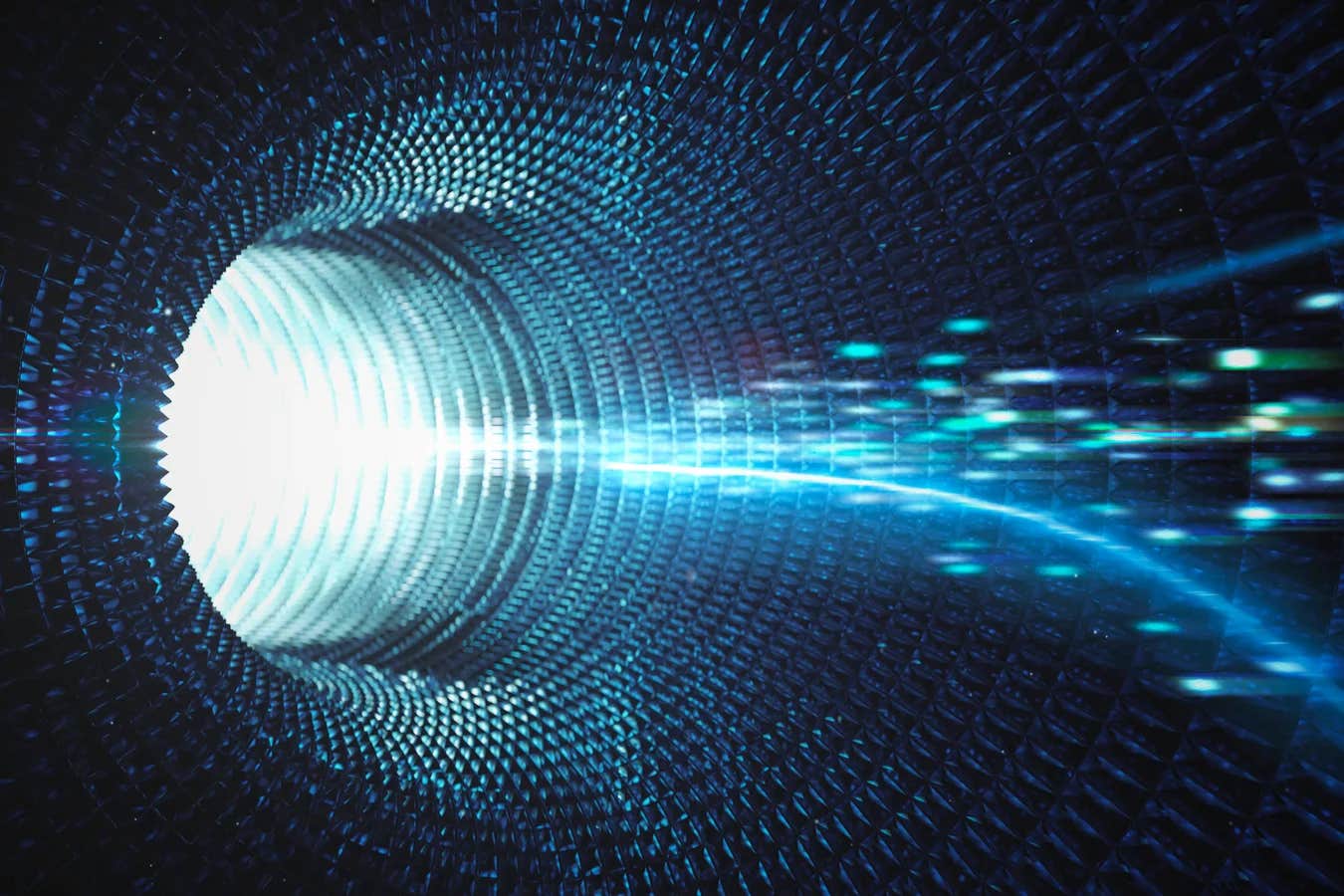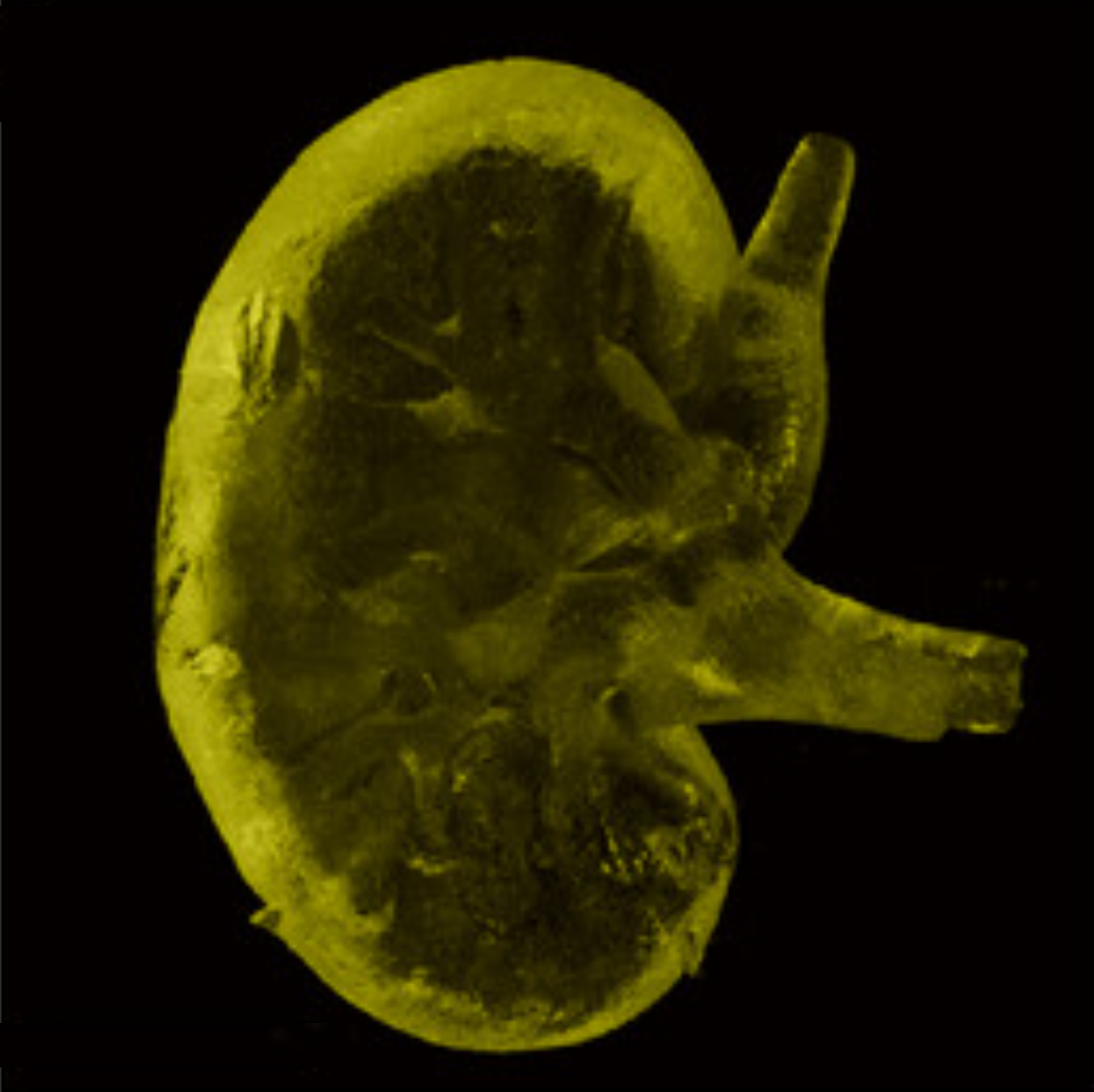Quantum tunneling mystery solved: A new approach to measuring time
In the fascinating realm of quantum physics, particles sometimes exhibit behavior that seems to defy the laws of classical physics

In the fascinating realm of quantum physics, particles sometimes exhibit behavior that seems to defy the laws of classical physics. One such phenomenon is quantum tunneling, where particles appear to move faster than the speed of light.
However, physicists from TU Darmstadt have questioned the accuracy of previous measurements of tunneling time and have proposed a novel method to address this issue.
In classical physics, there are strict rules that govern particle behavior. For example, a ball rolling towards a hill will not reach the top if it lacks sufficient energy and will roll back down instead. Quantum physics, however, allows for more flexibility. A particle can pass through a barrier even if it doesn't have the energy to go over it, behaving as though it is slipping through a tunnel. This phenomenon, known as "quantum tunneling," has practical applications, such as in flash memory drives.
In past experiments, particles appeared to tunnel faster than light, which contradicts Einstein's theory of relativity that forbids faster-than-light travel. This raised questions about whether the time required for tunneling was measured correctly. Physicists Patrik Schach and Professor Enno Giese from TU Darmstadt have suggested a new method to measure this time, which they believe is better suited to the quantum nature of tunneling. They published their findings in the journal "Science Advances."
Dual Nature of Particles
Quantum physics describes particles, like atoms or light particles, as having a dual nature: they can behave both as particles and waves. Quantum tunneling emphasizes the wave nature of particles.
A "wave packet" approaches a barrier much like a surge of water. The wave's height indicates the probability of the particle appearing at a specific location if its position were measured. When the wave packet encounters an energy barrier, part of it reflects, but a small portion penetrates the barrier, allowing the particle to appear on the other side.
Related Stories
Previous experiments showed that a light particle traveled a longer distance after tunneling compared to one on a free path, suggesting it traveled faster than light. However, to define the particle's location after tunneling, researchers selected the peak of its wave packet.
According to Professor Enno Giese, this method is flawed because a particle doesn't follow a defined path in the classical sense. Thus, pinpointing its exact location at any given time is impossible, complicating the measurement of tunneling time.
A New Approach: Using the Particle as a Clock
Inspired by Albert Einstein's idea that "time is what you read off a clock," Schach and Giese propose using the tunneling particle itself as a clock. A second, non-tunneling particle serves as a reference. By comparing these two "natural clocks," it's possible to determine if time progresses differently during quantum tunneling.
The wave nature of particles supports this method. The oscillation of waves is akin to the ticking of a clock. Schach and Giese suggest using atoms as clocks, as their energy levels oscillate at specific frequencies. When a laser pulse addresses an atom, it initiates synchronized oscillations – effectively starting the atomic clock. During tunneling, the rhythm shifts slightly. A second laser pulse causes the atom's internal waves to interfere. Measuring this interference reveals how far apart the energy levels' waves are, providing a precise measure of elapsed time.
A second atom, which does not tunnel, serves as a reference to measure the time difference between tunneling and non-tunneling. Schach and Giese's calculations indicate that the tunneling particle will show a slight time delay. "The clock that is tunneled is slightly older than the other," says Patrik Schach. This finding challenges previous experiments that suggested superluminal tunneling speeds.
Despite the theoretical soundness of their method, implementing the experiment poses significant challenges. The time difference to be measured is approximately 10^-26 seconds – an incredibly short interval. To address this, Schach recommends using clouds of atoms as clocks instead of individual atoms, and artificially increasing clock frequencies to amplify the effect.
"We are currently discussing this idea with experimental colleagues and are in contact with our project partners," adds Giese, expressing optimism that a team may soon undertake this exciting experiment.
The proposed method by Schach and Giese offers a fresh perspective on measuring the elusive time of quantum tunneling. By treating particles as clocks, they aim to provide a more accurate measurement that aligns with the quantum nature of tunneling. This breakthrough could lead to new insights and advancements in quantum physics, challenging our understanding of time and speed at the quantum level. As research progresses, the scientific community eagerly anticipates the results of this innovative approach.
For more science and technology stories check out our New Innovations section at The Brighter Side of News.
Note: Materials provided above by The Brighter Side of News. Content may be edited for style and length.
Like these kind of feel good stories? Get the Brighter Side of News' newsletter.



